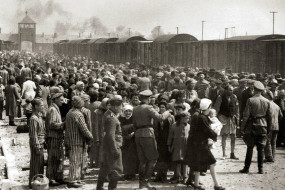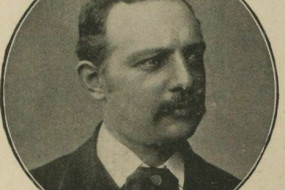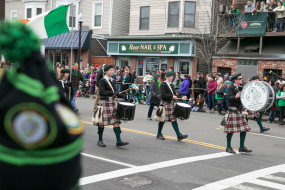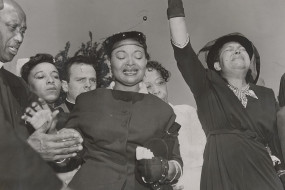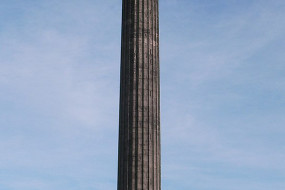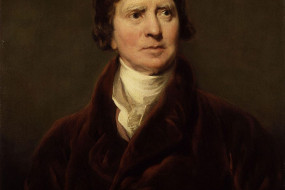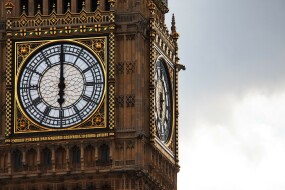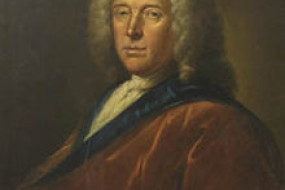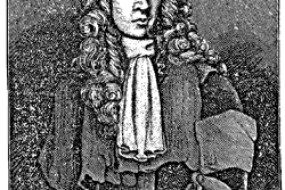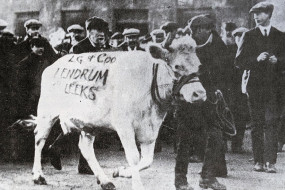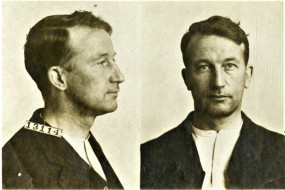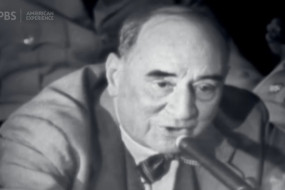To mark International Holocaust Remembrance Day, Tom O’Connor considers the courageous conduct of two German judges who remained true to their principles and stood up to the Nazis. The shameful conduct of German judges under the Hitler regime was symbolised by the appalling behaviour of the fa
Our Legal Heritage
What is our legal heritage? The question arises from the legal career of one Scot who left Scotland and then succeeded in another legal jurisdiction, writes Dr Robert Shiels. Perhaps another way of considering the question suggested is to ask: whose legal heritage is it anyway? The free movement of
St Patrick’s Day has long been a date of special significance in the Irish diaspora calendar, with Irish communities across the world marking the occasion with parades and céilís. This year in particular will see millions of people celebrating the day together for the first time
As the US passes a bill named for a young boy whose brutal racist murder shocked America and the wider world, SLN takes at look at the the case and the injustice that followed. On August 28, 1955, 14-year-old Emmett Till, an African American boy from Chicago, was tortured and murdered by t
The Stair Society has highlighted a fascinating remnant from Edinburgh's legal past in the form of sanctuary stones, which offered safe refuge to debtors. It tweeted: "The streets of Edinburgh have some fascinating links with legal history. An example is the sanctuary stones outside Holyrood Palace.
In part two of his reflection on the life of Henry Dundas, Chris Holme retells the episode that would be his undoing, see part one here. It was a banking scandal on an epic scale involving flagrant misuse of public funds and fearless investigators.
Chris Holme looks at the life of Henry Dundas, a controversial figure who has come under scrutiny this year in the wake of the Black Lives Matter movement. He’s the man I walk past every day but never get to see up close. That’s because he’s 140 feet up in St Andrew Square –
The outbreak of war in 1914 prompted a business dispute that ultimately reached the House of Lords and influenced reform to English law. Kate Scarborough explains the details of the case. Cantiere San Rocco SA v Clyde Shipbuilding and Engineering Co Ltd [1923] SC (HL) 105 concerned a
In 1884, a lamb skipped its way into Scottish legal history after it entered unfriendly territory. Winans v Macrae [1885] 22 SLR 692 is a leading case on the issue of trespass by animals and affirmed the requirement for actual material damage for a successful interdict claim.
During his lifetime, James Erksine, Lord Grange, Scotland’s Lord Justice Clerk from 1710 to 1714, was best known for his eccentric opposition to the Witchcraft Act of 1735 which aimed to ensure there would be no return to the infamous witch hunts which had claimed the lives of so many women. E
No matter how bitter, few divorces end with the murder of the presiding judge. But in one case from Scotland's bloody legal history, an irate husband, incensed at having to pay aliment to his ex-wife, took the ultimate revenge on the sitting judge: The Lord President Sir George Lockhart of Carnwath.
It's the subject of poems and songs and even has a statue devoted to its memory – Kate Scarborough tells the story of the famous 'Turra Coo'. At the beginning of the 20th century, the government introduced the National Insurance Act 1911, which required employers to make compulsory contributio
Graham Ogilvy reports on new research by US historian Kenyon Zimmer identifying for the first time some of the Scottish trade unionists caught up in America’s first Red Scare. They were the targets of America’s first Red Scare when, following a campaign against immigrants that would make
A routine Friday morning turned “surreal” for members of Faculty and staff when the Dalai Lama paid an unannounced visit. On 22 June, 2012, the spiritual leader of Tibetan Buddhism was on a UK tour, and had engagements in the Signet Library and the National Library of Scotland in Edinbur
Graham Ogilvy enjoys a new presentation of the famous denouement of demagogue Joe McCarthy at the hands of Boston lawyer Joseph N Welch. It is an epic moment in American legal history that played out live on US television – and now new light is shed on the withering exchanges between veteran B



